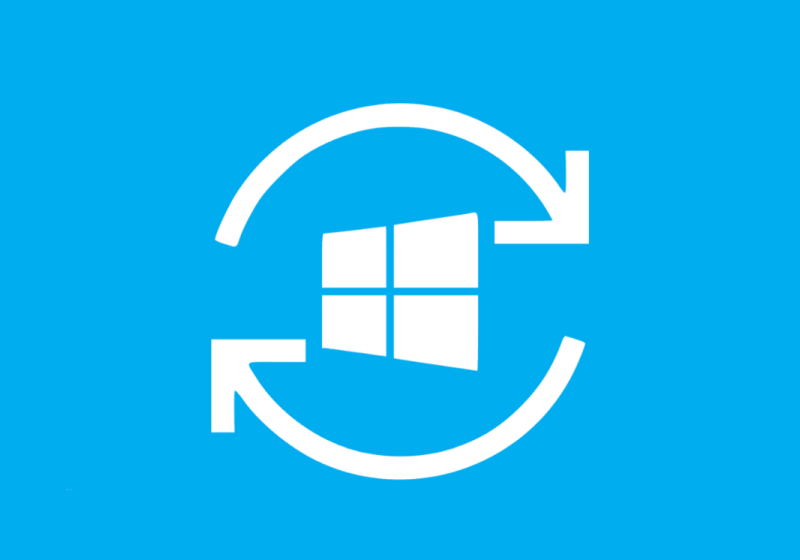With the deadline approaching for Microsoft to pull Windows 10 support, the enterprise migration landscape reveals stark divisions between organizations that are thriving and those merely surviving the transition.
The Windows 10 end-of-life countdown has entered its final phase, yet recent enterprise assessments reveal a troubling reality: a substantial Windows 10 install base remains, especially among small and medium businesses and in geographies where hardware refresh cycles lag.
Lead EUC Consultant at DTP Group.
Many organizations remain in reactive mode, treating the October 2025 deadline as a disruption rather than a strategic inflexion point.
This reactive approach is proving costly, with organizations that begin planning at this late stage facing significant cost pressures compared to those who started strategic planning earlier.
More critically, late-stage migrations consistently miss opportunities for broader IT modernization that could deliver substantial operational returns.
The technical reality behind the business risk
The Windows 11 hardware requirements aren't arbitrary barriers; they represent Microsoft's attempt to establish modern security baselines that legacy architectures simply cannot support.
The TPM 2.0 requirement, in particular, reflects a fundamental shift towards hardware-based cryptographic security that underpins zero-trust architecture implementations.
For IT leaders managing estates with significant legacy devices, systems typically 5-7 years old, the compatibility challenge extends beyond simple processor checks.
Our compatibility assessments consistently reveal that a substantial proportion of devices in this category require complete replacement, not just because of CPU limitations, but due to fundamental architecture gaps around secure boot, memory encryption, and hardware-based attestation capabilities.
The peripheral problem
One area consistently underestimated during initial planning involves peripheral compatibility. Legacy industrial equipment, specialized medical devices, and manufacturing control systems often rely on Windows drivers that vendors haven't updated for Windows 11.
Extended security updates: the expensive safety net
Microsoft's Extended Security Updates program provides a bridge for organizations requiring additional migration time, starting at $61 USD per device for Year One, with the price doubling every consecutive year, for a maximum of three years.
The cumulative three-year ESU cost per device can exceed the price of some lower-end modern Windows 11 systems, particularly at scale.
More importantly, ESU provides security patches only, no feature updates, performance improvements, or compatibility enhancements.
Organizations relying on ESU beyond 12 months often find themselves managing increasingly isolated systems that become progressively more expensive to maintain and integrate with modern business applications.
The insurance factor
Cyber insurance providers are becoming increasingly sophisticated in their risk assessments.
Cyber insurance policies commonly include clauses that explicitly reduce coverage for incidents involving unsupported operating systems.
We've seen organizations face insurance premium increases when renewals coincide with the end of Windows 10 support, regardless of their ESU status.
The most successful Windows 11 migrations should treat application compatibility challenges as opportunities to modernize rather than obstacles.
Legacy applications that haven't received updates in recent years often represent candidates for replacement with cloud-native alternatives that offer superior functionality, security, and total cost of ownership.
The SaaS acceleration
Windows 11's enhanced cloud integration capabilities align perfectly with the accelerating shift towards Software-as-a-Service business applications.
Organizations leveraging this transition often achieve application modernization goals that would have required separate, expensive projects under Windows 10 architectures
Zero trust implementation: Windows 11's strategic advantage
Windows 11's security architecture provides the foundation for a zero-trust implementation, which would require substantial third-party investment on Windows 10 platforms.
Features such as Windows Hello for Business, enhanced BitLocker, and hardware-based attestation provide the identity and device verification capabilities that zero-trust models require.
Conditional access enhancement
The integration between Windows 11 security features and Microsoft's Conditional Access policies enables granular security controls that adapt to user behavior, device health, and threat intelligence in real-time.
This represents a significant advancement over static security policies that characterize most Windows 10 implementations.
Organizations implementing these capabilities during migration often achieve security posture improvements that satisfy compliance requirements previously met through expensive third-party security solutions.
The competitive timing advantage
Market dynamics strongly favor organizations completing migrations before the general rush towards the October deadline.
Hardware procurement, consulting resources, and migration services all become significantly more expensive and less accessible as demand peaks in the months leading up to the deadline.
Resource scarcity implications
Industry contacts report that enterprise hardware availability for Windows 11-compatible systems is tightening, with lead times extending for volume orders.
Organizations that begin procurement now may face delivery challenges, which could push deployment into the post-deadline period.
Similarly, experienced Windows 11 migration consultants and technical resources become premium-priced as demand increases. Early movers benefit from better resource availability and more competitive pricing.
Practical implementation strategy for late-stage planning
For IT leaders facing the October deadline without completed migration planning, a structured approach can still deliver successful outcomes while minimizing risk and cost overruns.
Phase 1: rapid assessment and prioritization
Begin with automated inventory tools that can quickly assess hardware compatibility across the entire estate. Focus initial efforts on identifying critical systems that absolutely must maintain operational continuity, then develop parallel tracks for different system categories based on criticality and complexity.
Phase 2: strategic pilot design
Rather than comprehensive testing across all applications and workflows, design targeted pilots that focus on the highest-risk scenarios: regulatory compliance systems, customer-facing applications, and mission-critical manufacturing or operational control systems. This approach provides maximum risk mitigation with minimal time investment.
Phase 3: parallel track implementation
Develop separate migration approaches for different device and user categories. Standard business users can often follow streamlined migration processes, while specialized environments require more detailed planning and testing. This parallel approach accelerates overall migration timelines while maintaining appropriate rigor for high-risk systems.
From deadline pressure to strategic opportunity
The October 2025 Windows 10 end-of-support deadline cannot be avoided or extended through wishful thinking. However, IT leaders who reframe this transition from a compliance burden to a strategic opportunity can deliver outcomes that strengthen their organizations' technological foundations while improving operational capabilities.
The cost of delay, in security exposure, operational risk, and missed modernization opportunities, far exceeds the investment required for strategic migration planning.
With less than eight months remaining, organizations that commit to comprehensive migration strategies now can still achieve successful outcomes while positioning themselves for long-term technological advantage.
The question for IT leaders isn't whether to migrate, but whether to approach migration reactively or strategically. The organizations that choose strategic approaches will emerge from this transition stronger, more secure, and better positioned for future technology challenges.
We've featured the best small business software.
This article was produced as part of TechRadarPro's Expert Insights channel where we feature the best and brightest minds in the technology industry today. The views expressed here are those of the author and are not necessarily those of TechRadarPro or Future plc. If you are interested in contributing find out more here: https://www.techradar.com/news/submit-your-story-to-techradar-pro



-SOURCE-Ryan-Waniata.jpg?mbid=social_retweet)





 English (US) ·
English (US) ·